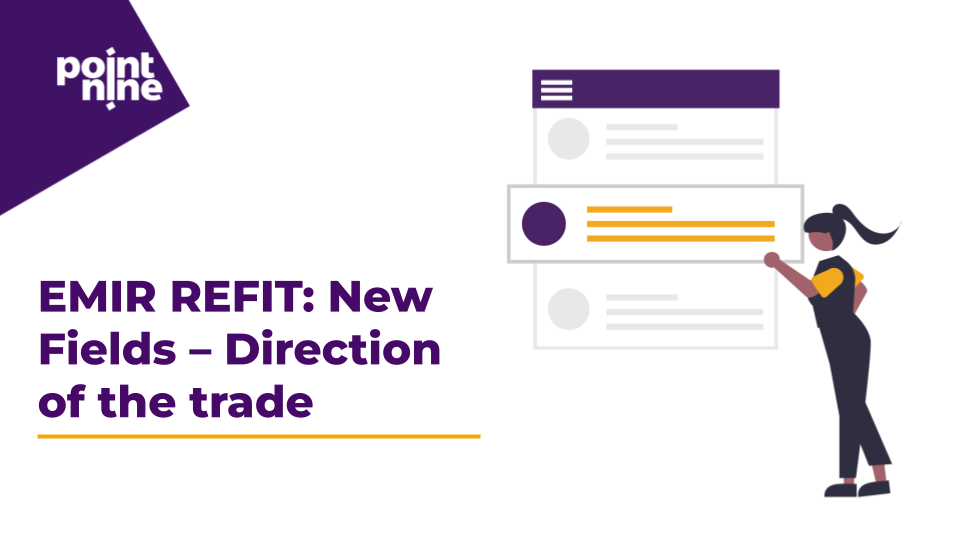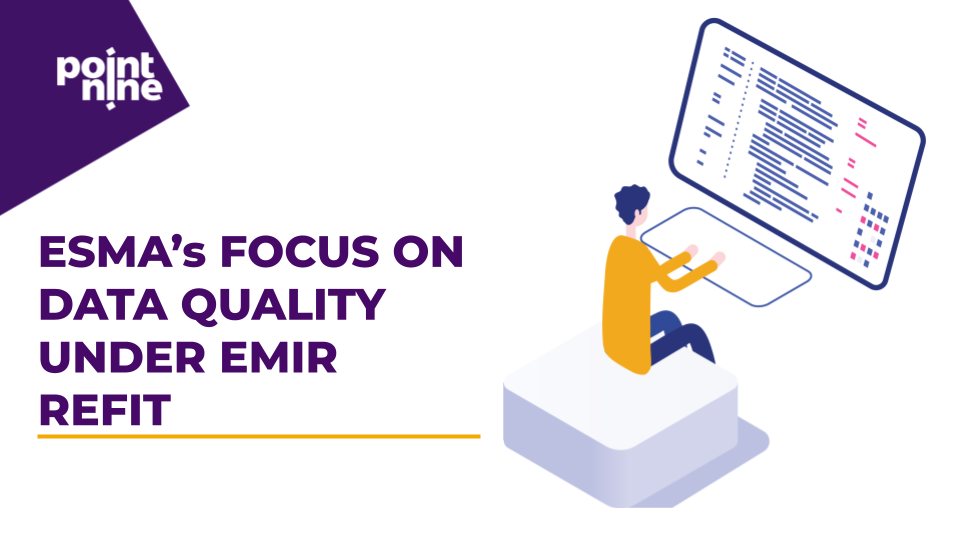EMIR mandates reporting of all derivatives to Trade Repositories (TRs).
TRs centrally collect and maintain the records of all derivative contracts. They play a central role in enhancing the transparency of derivative markets and reducing risks to financial stability. Given that the requirements are given as dual-sided reporting under EMIR for counterparties established in the EU, four different situations from counterparties’ perspective are covered (i) EU-EU, (ii) EU-UK, (iii) UK-EU and (iv) UK-UK.
In accordance with the EMIR Validation rules the uniqueness of the Trade ID shall be preserved at counterparties level, i.e. the combination of the fields ‘Counterparty ID’ ‘ID of the other counterparty’ and ‘Trade ID’ shall be unique. If these parameters are populated correctly the TR will be able to pair two trades together and work on the matching parameters of the trade or position. The unmatched trades or positions should be reconciled and corrected by the reporting parties and sent with appropriate action types back to their TR. The reporting counterparties should follow the pairing and matching rules based on chosen TRs as well as using the best practice approach from ISDA which has defined matching and pairing fields. For more information on the UTI construction please refer to to EMIR Q&A TR Question 18
Article 4 of the Commission Implementing Regulation (EU) No 1247/2012 specifies that in the absence of a global unique trade identifier endorsed by ESMA, a unique code should be generated and agreed with the other counterparty (Table 2, field 12). This means that only one Trade ID should be applicable to any one derivative contract that is reported to a trade repository under EMIR and that the same Trade ID is not used for any other derivative contract. It is also acknowledged that contracts reported under EMIR rules might also be reported under the rules of other jurisdictions. Hence, the same Trade ID should be allowed to be used in both those jurisdictions for reporting the given contract in order to facilitate the reconciliation among all the data sets.
In line with the ISDA best practice approach the UTI is a Pairing field on the Trade level and a Position level reports which makes it compulsory to exchange between the trading parties if they report on the trade level or a position level. As stated in EMIR TR Q&A TR Question 17, it should be noted that reporting at position level should be done consistently by both counterparties to the derivative, i.e. it is not allowed that one counterparty reports subsequent updates at trade level, while the other reports those updates at position level. Furthermore, ESMA proposed to clarify that the reporting at position level should be agreed between the two counterparties, i.e. the two counterparties to a trade should either both include the derivative in a position or both continue to report the relevant lifecycle events at trade level.
The Response Form to the Consultation Paper (CP) highlights the importance of the communications between the reporting parties on the position of UTI exchange and correct representation on the EMIR report. The consistent lifecycle method on the UTI exchange practice is available at the question and answers from CP.
Question
Is any further guidance needed with respect to the generation and exchange of the UTI for derivatives reported at position level?
Answer
In the existing regulatory guidance, it is clear that CCPs are responsible for providing position UTIs to clearing participants. However, the clearing members may have a different opinion and ask for further consideration and guidance from ESMA to generate a consistent view across the industry on what constitutes the position to be reported against the clearing member. For example, where a CCP might report a position at account level, a clearing firm may report positions at a desk level. A firm may have 5 desks which hold positions at a house account (i.e. 5 different portfolios). From this point of view, to ensure successful position level pairing and matching guidance on the level of position aggregation across CM’s and CCP’s would be much appreciated.
TRs are also keen to provide their guidance on the correct reflection of the UTI on trade and position level reports. Correspondingly to Poland TR KDPW the trade/position Trade ID identifier is validated according to the applicable rules laid down in the up-to-date EMIR validation table. If a Trade ID is not validated, the report is not included in reconciliation. First report receipt date AT=N reports received before 30 October 2017 which meet the following condition: field Compression =’Y’ are not included in reconciliation.
On Trade or Position Levels
Trade or position level Reconciliation does not include positions (i.e., reports where Level=’P’) which were inactive as at 6 December 2019 unless: the KDPW_TR (EMIR) Trade Repository receives a report for such position after 6 December 2019 which is not as valuation report (AT=V) or a cancellation report (AT=E, provided that it follows a prior report other than AT=V received after 6 December 2019) or the KDPW_TR (EMIR) Trade Repository receives an RL file from another TR containing the position’s key.
Trade associations like ISDA are working on the harmonization of the UTI across a globally consistent flow of the logic to determine who will generate the UTI (“global UTI waterfall”) is a key factor in achieving one, consistent identifier for each trade. As such, this will provide regulators the ability to analyze market activity more accurately. While industry participants understand that there may be unique circumstances that diverge from the global Committee on Payments and Market Infrastructures (“CPMI”) and Board of the International Organization of Securities Commissions (“IOSCO”), UTI waterfall, we nevertheless believe it is vital for each jurisdiction to align to a global UTI waterfall to the maximum extent possible to ensure the efficiency and effectiveness of trade reporting. EMIR, at this time we believe modification and exceptions are limited to cases where a CPMI-IOSCO Technical Guidance UTI generation waterfall step does not apply to EMIR.
Point Nine Data Trust helping reporting parties to apply best practice and providing delegated reporting for the other party to the trade. At the same time we help reporting parties to fix their historic omissions in line with the UTI generated party to fulfill their reporting obligations and to stay compliant with EMIR.





